The Hainault Sword Attack that took place in London in 2024 sent shockwaves through the city and raised serious concerns about the security measures in place to protect its residents. The incident, which saw a man wielding a sword and attacking innocent bystanders in a busy shopping district, left several people injured and sparked fear and panic among the public. In the aftermath of the attack, questions were raised about how such a violent and seemingly random act could occur in a city known for its strong security protocols.
The attack highlighted the need for a reevaluation of London’s security measures and a closer look at how to prevent similar incidents from happening in the future. One of the key issues that came to light was the need for improved intelligence gathering and sharing among law enforcement agencies. In the case of the Hainault Sword Attack, it was revealed that the perpetrator had been on the radar of authorities for his extremist views and violent tendencies. However, due to a lack of communication and coordination between different agencies, this information was not acted upon in time to prevent the attack.
Another area of concern that was brought to the forefront by the Hainault Sword Attack was the need for better training and preparedness among first responders. The swift and coordinated response of emergency services played a crucial role in minimizing the casualties and bringing the situation under control. However, there were also reports of confusion and delays in the initial response, highlighting the importance of regular training exercises and drills to ensure that emergency personnel are well-equipped to handle such situations.
The attack also raised questions about the effectiveness of London’s surveillance systems in preventing and responding to acts of violence. While the city is known for its extensive network of CCTV cameras, there were reports that the attacker had managed to evade detection and carry out his assault without being apprehended. This has led to calls for increased investment in cutting-edge technology and a more strategic deployment of surveillance resources to enhance the city’s ability to monitor and respond to potential threats.
In the wake of the Hainault Sword Attack, London authorities have taken steps to bolster security measures and address the gaps that were exposed by the incident. This has included increased collaboration between law enforcement agencies, enhanced training for first responders, and a review of the city’s surveillance infrastructure. Additionally, there has been a renewed focus on community engagement and outreach to build trust and cooperation between residents and authorities in the fight against extremism and violence.
While the Hainault Sword Attack was a tragic and unsettling event, it has also served as a wake-up call for London to reassess its security protocols and ensure that the city remains safe and resilient in the face of evolving threats. By learning from the lessons of this incident and implementing necessary changes, London can strengthen its defenses and better protect its residents from harm. As the city continues to adapt and respond to the challenges of the modern world, the lessons learned from the Hainault Sword Attack will undoubtedly shape its approach to security for years to come.
Analyzing the Media Coverage and Public Reaction to the Hainault Sword Attack
The Hainault Sword Attack that occurred in London in 2024 sent shockwaves through the city and captured the attention of the media and the public alike. The incident, which involved a man wielding a sword and attacking innocent bystanders, left many questioning the safety and security of their community. As news of the attack spread, media outlets scrambled to cover the story, providing updates and analysis on the unfolding events.
The media coverage of the Hainault Sword Attack was extensive, with news outlets from around the world reporting on the incident. Television networks, newspapers, and online platforms all dedicated significant airtime and column inches to the story, with reporters on the ground providing live updates and eyewitness accounts. The graphic nature of the attack, coupled with the sense of fear and uncertainty it instilled in the public, made it a compelling and tragic news story.
As the details of the attack emerged, the public reaction was one of shock and disbelief. Many Londoners expressed their horror at the senseless violence and the seemingly random nature of the attack. Social media platforms were flooded with messages of support for the victims and their families, as well as calls for justice and increased security measures. The attack sparked a debate about mental health, crime prevention, and the role of law enforcement in keeping communities safe.
In the aftermath of the attack, the media played a crucial role in providing information and updates to the public. News outlets reported on the police investigation, the arrest of the suspect, and the condition of the victims. They also interviewed witnesses and experts to provide context and analysis on the incident. The media coverage helped to keep the public informed and engaged, while also shining a spotlight on the issues of violence and security in modern society.
The Hainault Sword Attack was a tragic and senseless act of violence that left a lasting impact on the city of London. The media coverage of the incident was thorough and comprehensive, providing a detailed account of the events as they unfolded. The public reaction to the attack was one of shock and disbelief, with many calling for action to prevent similar incidents in the future.
As the dust settled on the Hainault Sword Attack, the media continued to report on the aftermath and the ongoing investigation. News outlets covered the court proceedings, the sentencing of the suspect, and the impact of the attack on the community. The incident served as a stark reminder of the dangers that can lurk just beneath the surface of everyday life, and the importance of remaining vigilant and united in the face of adversity.
In conclusion, the Hainault Sword Attack was a tragic event that shook London to its core. The media coverage of the incident was extensive and thorough, providing a detailed account of the events and keeping the public informed. The public reaction to the attack was one of shock and disbelief, with many calling for action to prevent similar incidents in the future. The incident served as a stark reminder of the need for vigilance and unity in the face of danger, and the role that the media plays in keeping communities informed and engaged.
Exploring the Psychological Effects of the Hainault Sword Attack on Londoners
The Hainault Sword Attack that shook London in 2024 left a lasting impact on the city and its residents. The brutal and senseless violence of the attack not only resulted in physical injuries but also caused deep psychological wounds that continue to affect those who witnessed or were directly impacted by the tragedy. In this article, we will explore the psychological effects of the Hainault Sword Attack on Londoners and delve into the ways in which the city has come together to heal and move forward.
The aftermath of the Hainault Sword Attack left many Londoners feeling anxious, fearful, and traumatized. The sudden and unexpected nature of the attack, coupled with the graphic and violent images that circulated in the media, created a sense of vulnerability and insecurity among the city’s residents. Many people reported experiencing symptoms of post-traumatic stress disorder, such as flashbacks, nightmares, and hypervigilance, in the weeks and months following the attack.
The psychological impact of the Hainault Sword Attack was not limited to those who were directly affected by the violence. The entire city of London was affected by the collective trauma of the event, as people grappled with feelings of grief, anger, and disbelief. The attack shattered the illusion of safety and security that many Londoners had taken for granted, leaving them questioning their own mortality and the fragility of life.
In the wake of the Hainault Sword Attack, the city of London came together to support one another and to begin the process of healing. Vigils were held to honor the victims of the attack, and community organizations offered counseling and support services to those in need. The outpouring of solidarity and compassion from Londoners helped to create a sense of unity and resilience in the face of tragedy.
One of the most significant psychological effects of the Hainault Sword Attack was the way in which it changed people’s perceptions of safety and security in the city. Many Londoners began to feel a heightened sense of fear and mistrust towards strangers, particularly in crowded public spaces. The attack served as a stark reminder of the potential for violence in everyday life, leading some people to adopt more cautious and vigilant behaviors in order to protect themselves.
Despite the lingering psychological scars left by the Hainault Sword Attack, Londoners have shown remarkable resilience in the face of adversity. The city has come together to support one another, to remember the victims of the attack, and to rebuild a sense of community and solidarity. While the memory of the attack will always remain, Londoners have shown that they are determined to move forward and to not let fear and trauma define their lives.
The Hainault Sword Attack had a profound and lasting impact on the psychological well-being of Londoners. The attack shattered the city’s sense of security and left many people feeling anxious, fearful, and traumatized. However, in the aftermath of the tragedy, Londoners have come together to support one another and to begin the process of healing. The city’s resilience and determination to move forward serve as a testament to the strength and unity of its residents in the face of adversity.
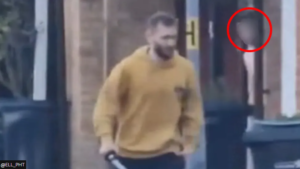
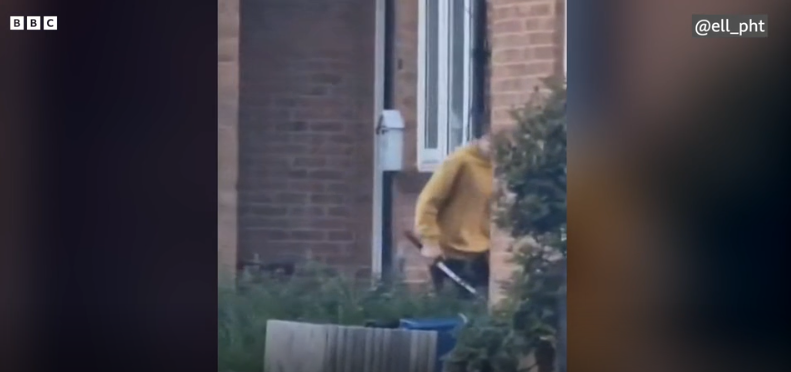
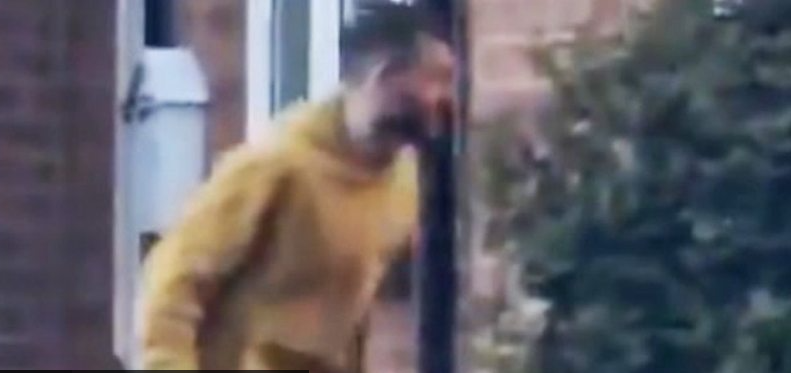





















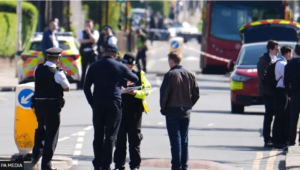
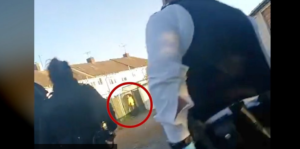








+ There are no comments
Add yours